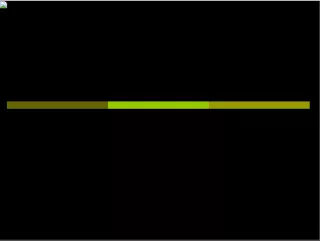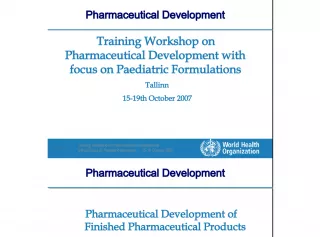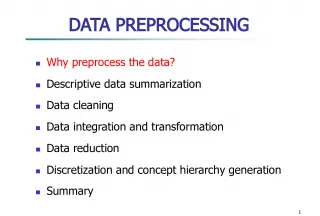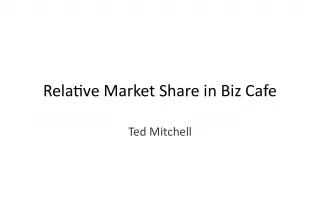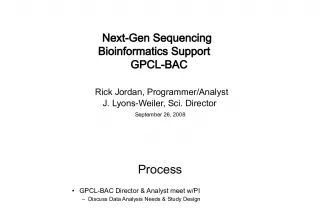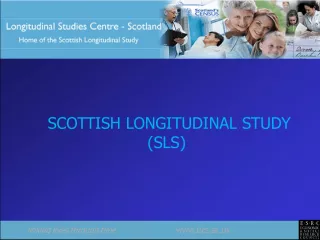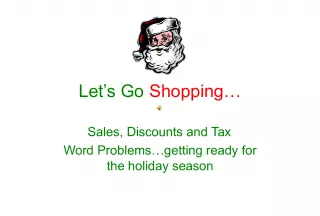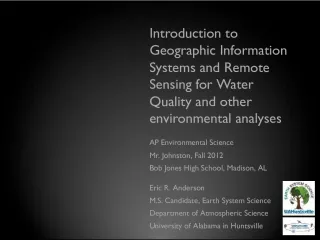Longitudinal Analysis of Market Utilization Pharmaceutical Sales Data


This poster, presented at the International Conference on Improving the Use of Medicines (ICIUM) in 2011, showcases the results of a longitudinal analysis of pharmaceutical
- Uploaded on | 1 Views
-
 gertruida
gertruida
About Longitudinal Analysis of Market Utilization Pharmaceutical Sales Data
PowerPoint presentation about 'Longitudinal Analysis of Market Utilization Pharmaceutical Sales Data'. This presentation describes the topic on This poster, presented at the International Conference on Improving the Use of Medicines (ICIUM) in 2011, showcases the results of a longitudinal analysis of pharmaceutical. The key topics included in this slideshow are . Download this presentation absolutely free.
Presentation Transcript
Slide1Longitudinal Analysis of MarketUtilization / Pharmaceutical Sales Data Christine Lu Harvard Medical School and Harvard Pilgrim Health Care Institute WHO Collaborating Center in Pharmaceutical Policy ICIUM 2011 ( Poster 878 ) WHO Collaborating Center in Pharmaceutical Policy
Slide2Acknowledgements Co-investigators: Dennis Ross-Degnan, Anita Wagner, Bao Liu, Peter Stephens IMS Health for providing the data Location of work: Department of Population Medicine, Harvard Medical School and Harvard Pilgrim Health Care Institute Conflict of interest : None
Slide3Overview Background / Context The data Challenges Opportunities
Slide4Background – China Country: China Most medicines sold in hospitals (80%) Hospitals rely on profits from pharmaceutical sales to cover operating costs Policy of interest: Medicine price regulations for antidiabetic products Set product’s maximum retail price
Slide5Study aimTo examine the effects of two targeted price regulations on purchasing of insulin and oral hypoglycemics in Chinese hospitals Dec 2001 Dec 2006
Slide6IMS data Longitudinal, quarterly data 1999-2004 2004-2009 Volume data: standard units sold (e.g. one tablet) Individual product-level, can be rolled up to Drug level e.g. metformin Drug class level e.g. biguanides Categories: price regulated vs. non-regulated Adjust for population Calculate percentage market share
Slide7IMS data: Data elementsVariable name Example Country_cty China hospital Time of procurement 2003 q1 Anatomical Therapeutic Class 2 A10 (drugs used in diabetes) Anatomical Therapeutic Class 4 A10H0 (sulphonylureas A-diabs) Molecule Gliclazide International pack Tablet 30mg 30 Launch date 200310 Product Diamicron Manufacturer SERVIER-TIANJIN Licensing status Original brand Further details see “IMS MIDAS Quantum Data Elements, Measures and Statistics”
Slide8Interrupted Time Series Prior to using this method: Understanding the policy Sufficient data points before and after the time of the policy Segmented regression: Estimate changes in level and trend (slope) post-policy Control for pre-existing level and trend Wagner AK et al. J Clin Pharm Ther 2002
Slide9Organizing data for time series plot
Slide10Organizing data for segmentedregression
Slide11Some resultsIncrease in trend of sales volume (0.18 standard units sold/1000 people/quarter) Price regulation
Slide12Summary of the study China’s price regulations for antidiabetics were associated with: Increase in utilization of antidiabetics No meaningful change in market share of price- regulated antidiabetic products ? Impact of price regulation on medicine costs for Patients Hospitals The system
Slide13Challenges IMS data-related Only capture hospital data in China BUT most medicines are sold in hospitals Come from a sample of Chinese hospitals ( ≥ 100 beds) Volume data more reliable than pricing data Non IMS data-related Relative drug prices
Slide14Opportunities Clean, well-structured data from IMS Health Data specifics well documented Longitudinal data so can use ITS method A large sample of hospitals across the country Volume data available at the individual-product level Small data file size manageable in MS Excel (& SAS) Building a good collaboration
